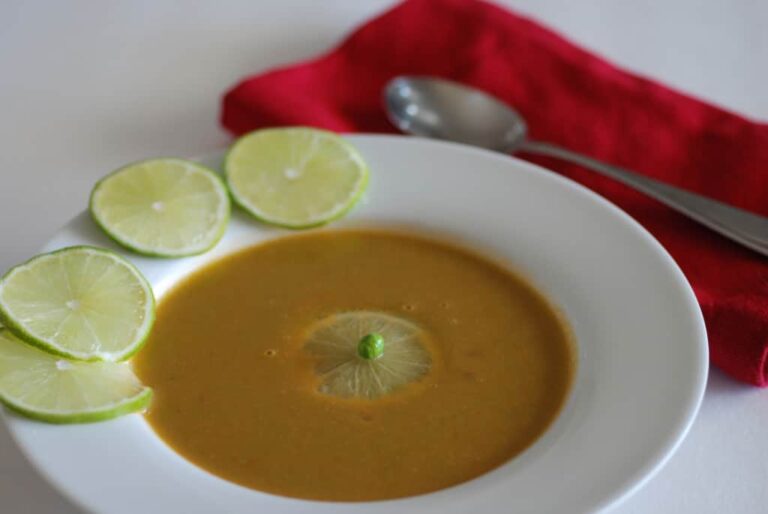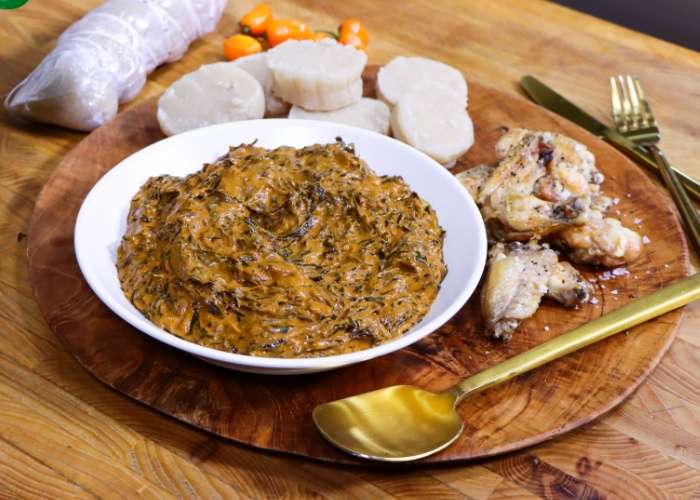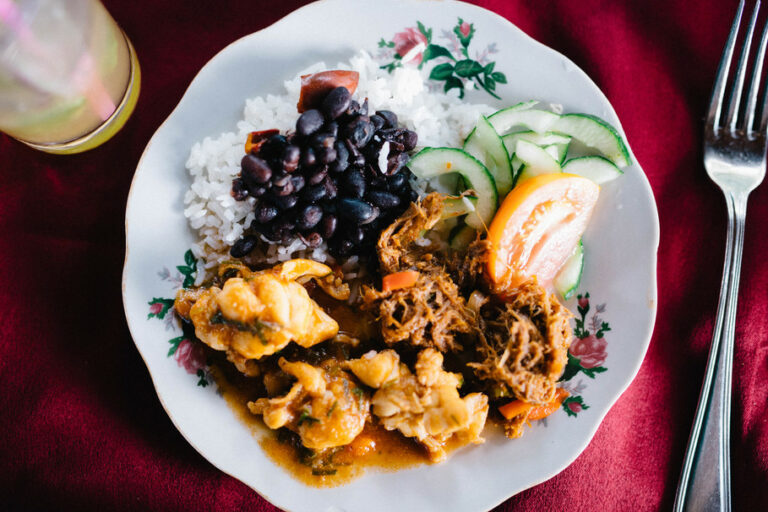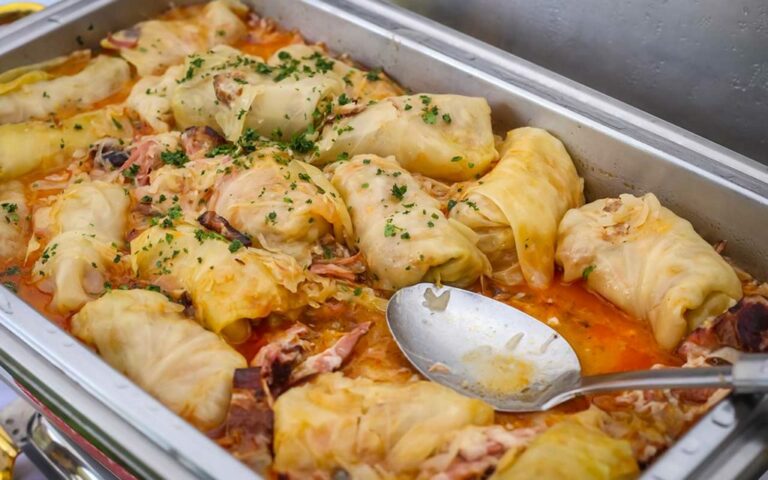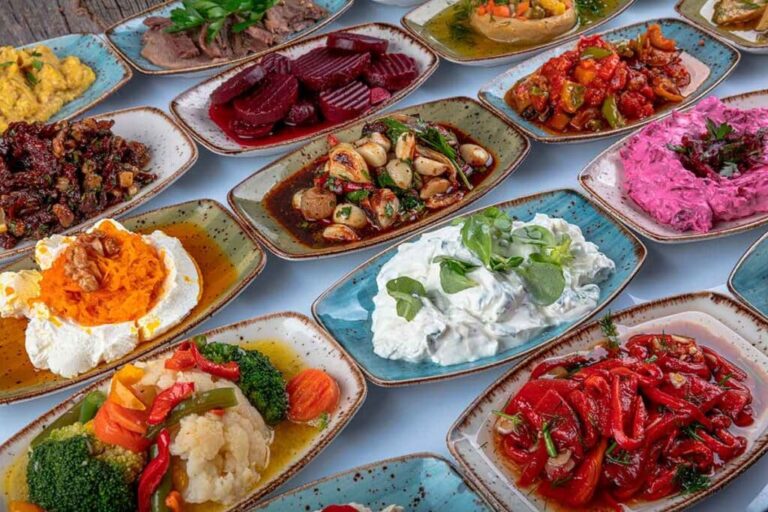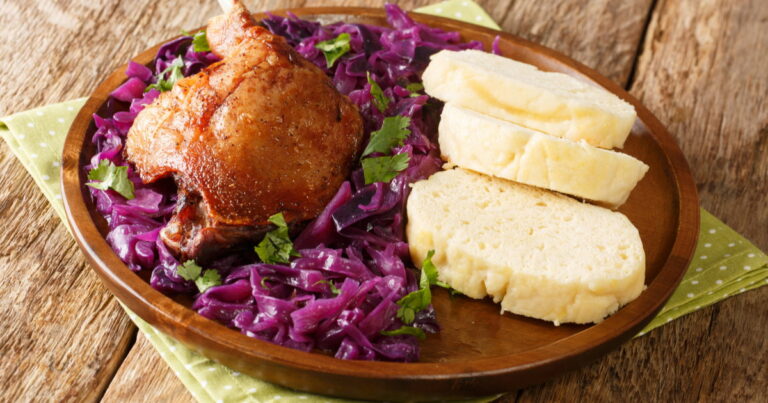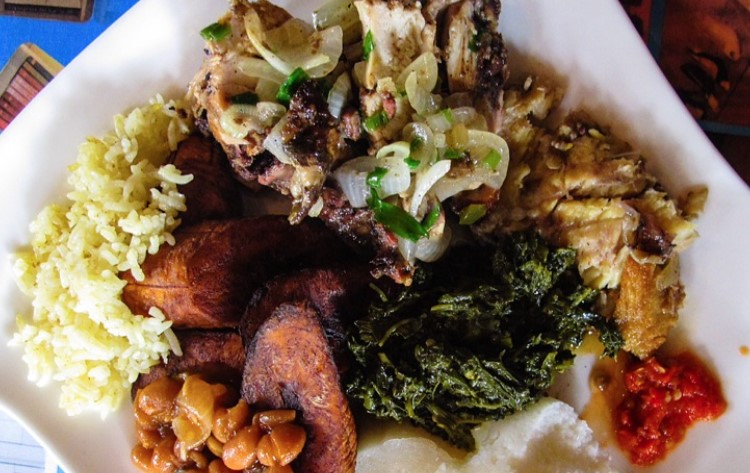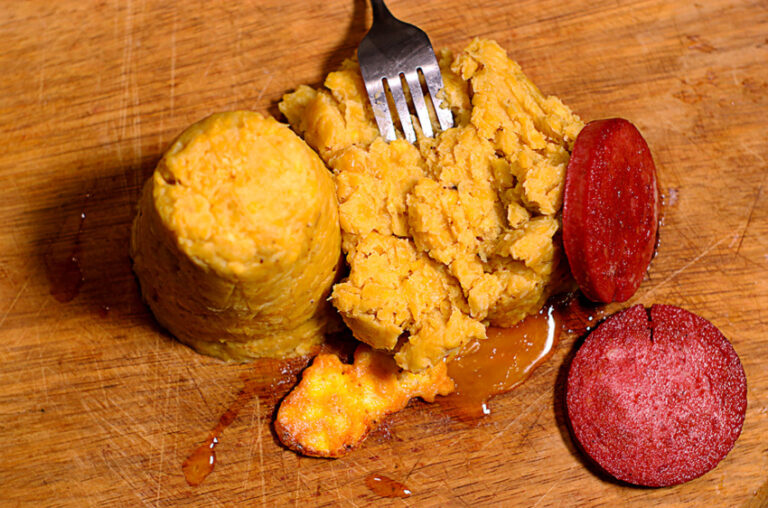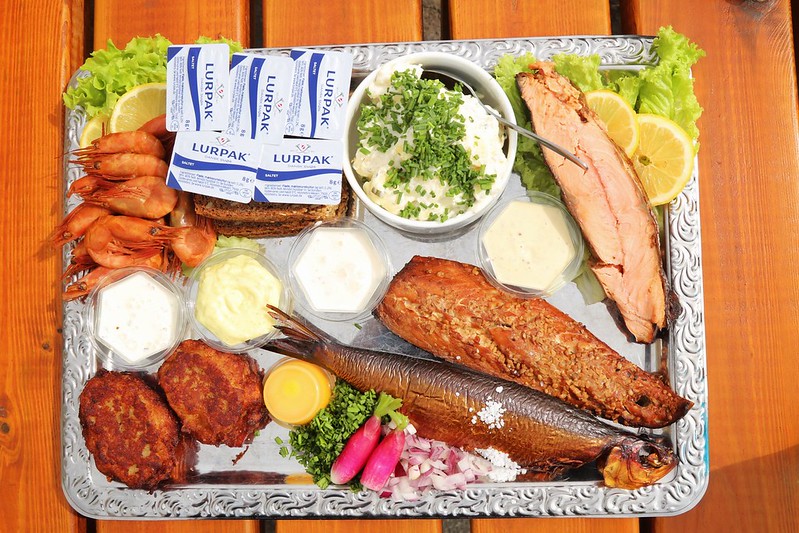Introduction to Comorian cuisine
Comorian cuisine is a blend of African, Arabic, and French influences, reflecting the country’s location in the Indian Ocean. The cuisine of Comoros is known for its unique flavors and fragrant spices, and it is heavily influenced by its coastal location. Seafood is an essential ingredient in Comorian dishes, and it is often paired with rice, vegetables, and spices.
Staple foods in Comorian dishes
Staple foods in Comorian cuisine include rice, cassava, and plantains. These ingredients are commonly used in dishes such as mataba, a dish made with cassava leaves, coconut milk, and fish or chicken. Another popular dish is langouste, which is made with lobster, coconut milk, and rice.
Spices and herbs used in Comorian cooking
Comorian cuisine is known for its fragrant use of spices and herbs, which include cinnamon, cloves, garlic, ginger, and coriander. One of the most commonly used spices is vanilla, which is grown on the island of Anjouan and is used in sweet and savory dishes. Also, ylang-ylang, a flower native to the Comoros, is used in dishes such as pilao, a spiced rice dish.
Meat and seafood in Comorian cuisine
Meat dishes in Comorian cuisine often use goat or chicken, while seafood dishes are made with a variety of fish, lobster, and octopus. One of the most popular seafood dishes is rougaille, which is made with a tomato-based sauce and fish or seafood. Another popular dish is mabawa, which is made with octopus, coconut milk, and spices.
Vegetables and grains in Comorian dishes
Vegetables commonly used in Comorian dishes include eggplant, sweet potatoes, and cassava. Green leafy vegetables such as moringa and manioc are also commonly used in stews and soups. Grains such as rice and maize are used in a variety of dishes, including pilao and mataba.
Fruits and nuts in Comorian recipes
Fruits such as mangoes, papayas, and pineapples are commonly eaten as snacks or used in desserts. Nuts such as cashews and almonds are used in savory dishes and desserts. Coconut is also a popular ingredient in Comorian cuisine and is used to make coconut milk, which is used in many dishes.
Key ingredients in Comorian desserts
Comorian desserts often include fruits such as bananas and pineapples, as well as nuts and spices such as cinnamon and vanilla. One of the most popular desserts is mkate wa michombero, a cake made with coconut and cassava flour. Other popular desserts include samosas filled with nuts and spices, and fried doughnuts.
What makes Comorian cuisine unique?
Comorian cuisine is unique in its blend of African, Arabic, and French influences, as well as its use of fragrant spices and herbs. The cuisine is also heavily influenced by its coastal location, making seafood an essential ingredient in many dishes. The use of vanilla and ylang-ylang also sets Comorian cuisine apart from other African cuisines. Overall, Comorian cuisine is a delicious fusion of cultures and flavors that reflects the country’s rich history and diverse influences.

